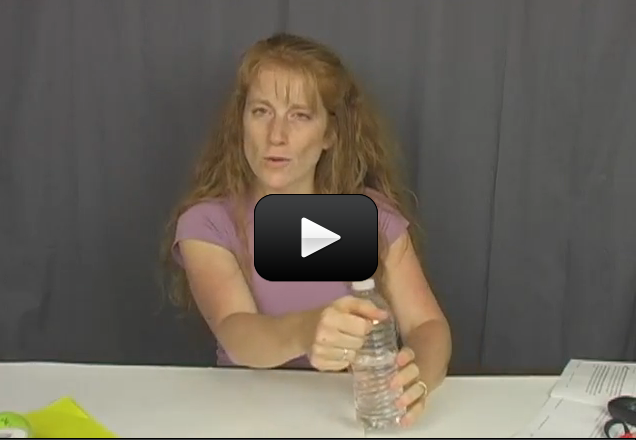There are three primary states of matter: solid, liquid, and gas.
Solids are the lowest energy form of matter on Earth. Solids are generally tightly packed molecules that are held together in such a way that they can not change their position. The atoms in a solid can wiggle and jiggle (vibrate) but they can not move from one place to another. The typical characteristics that solids tend to have are that they keep their shape unless they are broken and they do not flow.
Liquids have loose, stringy bonds between molecules that hold molecules together but allow them some flexibility. Liquids will assume the shape of the container that holds it.
Gases have no bonds between the molecules. Gases can be squished (compressed), and pure gases all behave the same way. (We’re going to learn more about this with the Ideal Gas Law.)
Materials: can of soda or glass of water
Please login or register to read the rest of this content.


I am not sure what you’re asking… try again?
what are that very select substance
You can change the state by changing the temperature or pressure. So if you put a cup of water into the fridge, you’re lowering the temperature and if it’s cold enough, the cup of water will turn into ice. You’re removing energy from the system. You can read more about this in Unit 3.
well what happens if u get it hot enough it starts boiling?what happens when u get it cold enough it starts freezing into ice?
You have to get it to just about absolute zero, which is REALLY HARD to do on our planet. In fact, the scientist that figured out how to get down to one millionth of a degree won the Nobel prize for it! The fifth state is called “Bose Einstein Condensate”. There’s a whole reading section on it in Unit 3!
How cold do you have to get something for it to turn into the fifth state of matter. And what is the fifth state of matter called ?
Thanks for your eagle eye!
Another edit:
on page: https://www.sciencelearningspace2.com/grade-levels/eighth-grade/eighth-grade-chemistry/ (8th grade chemistry) the following two scientific concepts are repeated. They originally are paragraphs two and seven.
Each pure substance has characteristic physical and chemical properties (for any bulk quantity under given conditions) that can be used to identify it.
Substances react chemically in characteristic ways. In a chemical process, the atoms that make up the original substances are regrouped into different molecules, and these new substances have different properties from those of the reactants.